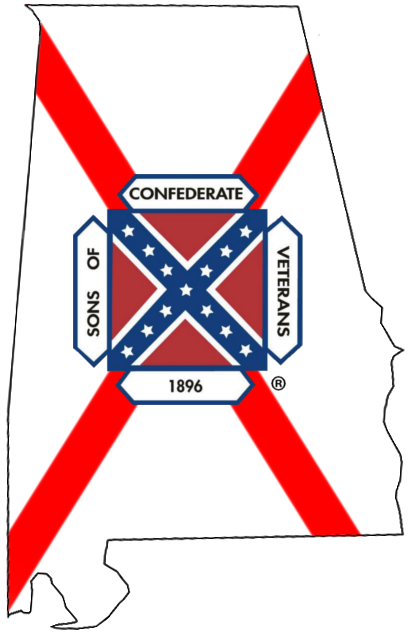The Old Railroad Bridge at Florence
 The old railroad bridge at Florence, Alabama is more than a landmark. It early became a symbol of the industry, commerce and transportation that boosted the city in growth and prosperity. It bridged not only the Tennessee River, but served as the connecting link to the other areas of the greater Muscle Shoals and to the other cities in the central and southern parts of Alabama.
The old railroad bridge at Florence, Alabama is more than a landmark. It early became a symbol of the industry, commerce and transportation that boosted the city in growth and prosperity. It bridged not only the Tennessee River, but served as the connecting link to the other areas of the greater Muscle Shoals and to the other cities in the central and southern parts of Alabama.
Long before there was a bridge, its location was used as a river crossing. Creek, Cherokee and Chickasaw Indians were observed using the Florence crossing at the mouth of Cypress Creek as early as 1787. This buffalo and Indian path ran from the Buffalo River about ten miles north of Lawrenceburg, Tennessee, to the Big Spring at Tuscumbia, Alabama. This same path connected with other Indian trails leading northward to Nashville and beyond, and southward to the vicinity of New Orleans. Generals Andrew Jackson and John Coffee successfully used these trails during the Creek Indian Campaigns and the War of 1812 to shorten their military route by upwards of 200 miles.
In 1817, a detachment of the U.S. Army improved this military road. It ran diagonally through the future town of Florence, Alabama and crossed the river at the mouth of Cypress Creek that became known as the Jackson Crossing. In 1916, this US Highway 43 was designated as the Jackson Highway in honor of the hero of the Battle of New Orleans who was responsible for its development from a series of Indian trails into a major thoroughfare. The Jackson Crossing came into considerable use after the U.S. Postmaster General issued a decree dated November 20, 1817. This memorandum authorized the pony express rider on the Natchez Trace to cross the river at the new site on the Tennessee River “instead of Colbert’s Ferry.”
A new ferry was established at about the time the town of Florence, Alabama was surveyed and laid out by General John Coffee and his assistant, Ferdinand Sannoner. This crossing was at the site of the Florence railroad bridge. Two of Florence’s prestigious founders, James Jackson and John McKinley, owned the interest in the north bank of the Florence Ferry. The third partner, George Cockburn, had the ferry rights on the south bank. Records show that by 1821, these proprietors were using a horse-drawn rig valued at $1,500, plus five blind horses, two good workers, and a boy. By then, Jackson, Mckinley, and Cockburn were splitting their annual profits averaging $6,000, which was quite a sum for that period.
The original Florence Bridge was opened for traffic in 1840. It was the second structure to span the river in the area. The first bridge was short lived. Not long after its completion in the 1830’s, it was washed away by a high flood that was so common on the Tennessee River until the coming of the Tennessee Valley Authority and its successful flood control operations.
The 1840 Florence Bridge was erected at the site of the earlier ferry, precisely where the railroad bridge stands today. The original structure had eight wooden trusses built upon rock piers that were so solidly anchored into the bed rock at the bottom of the river that they continue to be an intrinsic part of the railroad bridge’s foundation more than 150 years later.
Credit: From the Article “The Old Railroad Bridge at Florence, AL and the River Crossing, by William Lindsey McDonald, Author”
Author: trwen1
Date: July 24th, 2015
